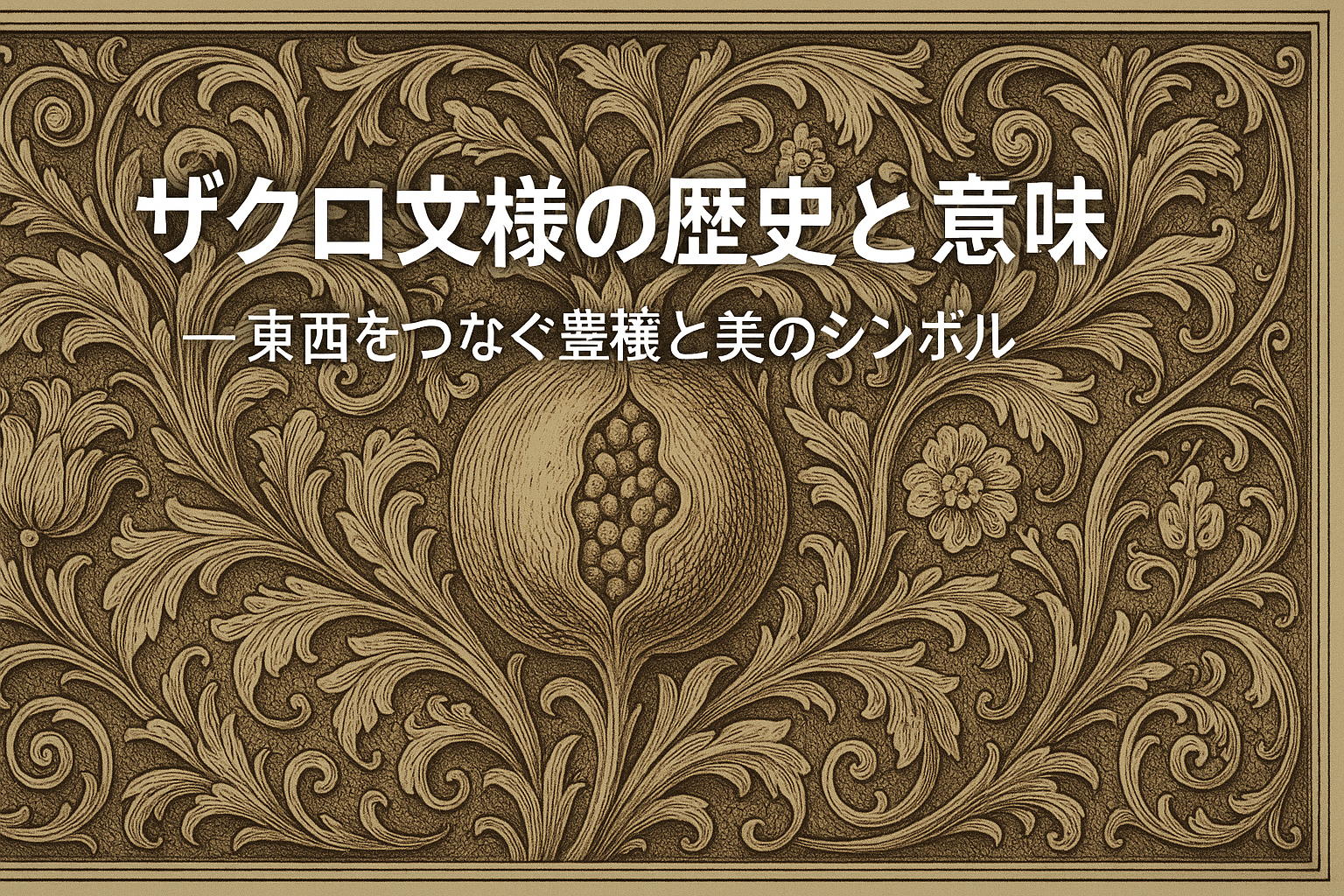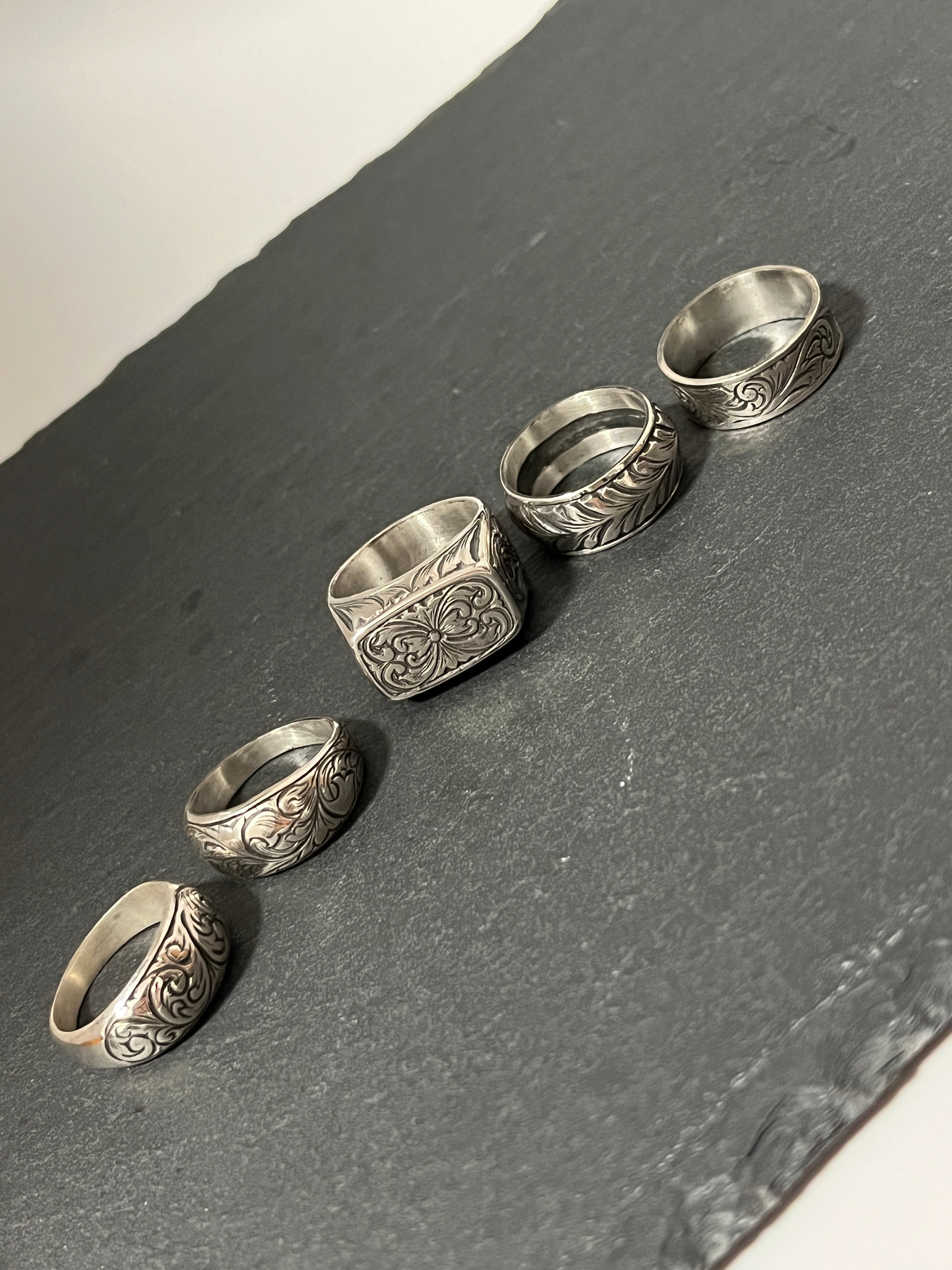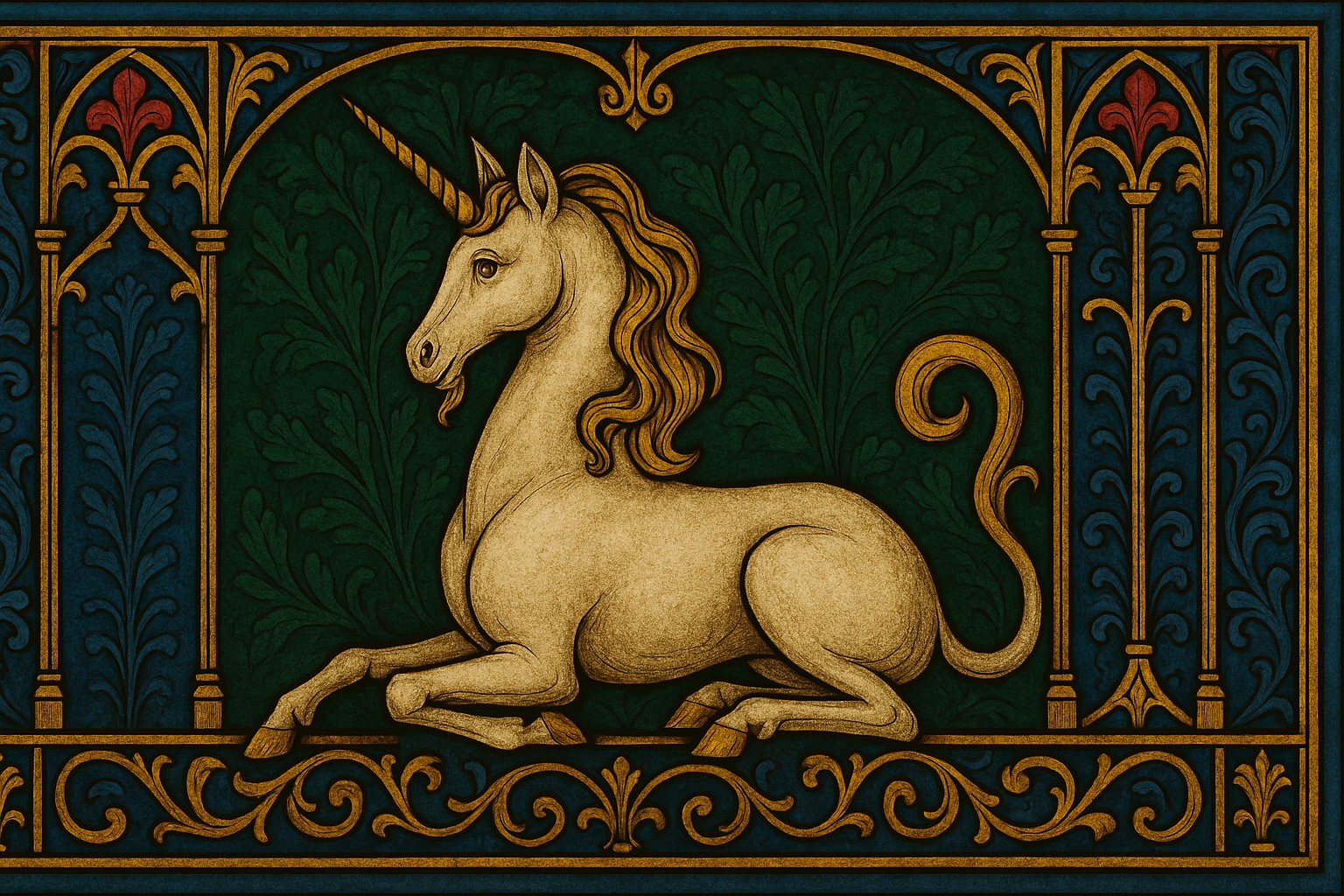
The History and Meaning of the Pomegranate Motif: A Symbol of Fertility and Beauty Connecting East and West
What is a pomegranate motif?

Pomegranates are a fruit that has been loved in many cultures from ancient times to the present day due to their vibrant color and unique shape.
Not only are they beautiful to look at, but they also symbolize prosperity and the cycle of life, and they appear in a variety of crafts, including textiles, pottery, metalwork, and architectural decoration.
This article explains the cultural background and design characteristics of the pomegranate motif.
Pomegranate Origin and Symbolism
-
Its origin is around Iran (ancient Persia)
It has been cultivated since before the Common Era and appears in myths and rituals as a symbol of fertility and vitality. -
Many seeds = symbol of prosperity of descendants <br>The large number of seeds brings to mind ``prosperity of the family'' and ``future harvest.''
-
Colors of flowers and fruits <br>The glossy red skin and flowers are likened to the flushed cheeks and lips of a beautiful woman.
The story of the pomegranate in Eastern and Western cultures
Greek mythology
It is said that when Persephone ate a pomegranate under Hades, the king of the underworld, she began traveling between heaven and the underworld, thus giving birth to the cycle of the four seasons.
→ Positioned as a symbol of the circulation and regeneration of life.
Chinese auspicious patterns
It appears as a "flowering pomegranate" in wedding and celebration decorations.
→ A lucky charm that represents fertility, family prosperity, and wealth.
Renaissance Europe
It appears frequently in the costumes of queens and empresses, especially in their embroidery and textiles.
→ It is an important motif representing fertility, faith, and the legitimacy of royalty.
Fusion with arabesque patterns
-
A shape that can be easily combined with vines and leaves.Fruit can be placed at the nodes and curves, like in a grape arabesque, making it easy to balance the composition.
-
Spread of designs through trade <br>Designs spread in both directions via the Silk Road, from Persia to Islamic art to Europe and China.
-
High versatility <br>It looks great both alone and in repeated patterns, so it is widely used in textiles, metal sculptures and architectural decorations.
Design appeal
-
Luxury and artistic expression <br>Three-dimensional, decorative expressions are possible using gold thread embroidery, jewelry, and metal engraving.
-
Combining meaning and beauty <br>It is visually gorgeous and auspicious at the same time.
-
Possibilities for modern arrangements <br>It can also be applied to modern jewelry and interior design, such as delicate Renaissance-style carvings and hybrid patterns with Persian arabesques.
summary
The pomegranate motif has been loved as a symbol connecting East and West, from its origins in ancient Persia to Greek mythology, Chinese auspicious patterns, and Renaissance court culture.
Its universal appeal lies in its combination of meanings of prosperity and vitality with its luxurious design.
Even today, by incorporating it into jewelry, crafts, and interior design, it can tell stories that transcend time and region.



